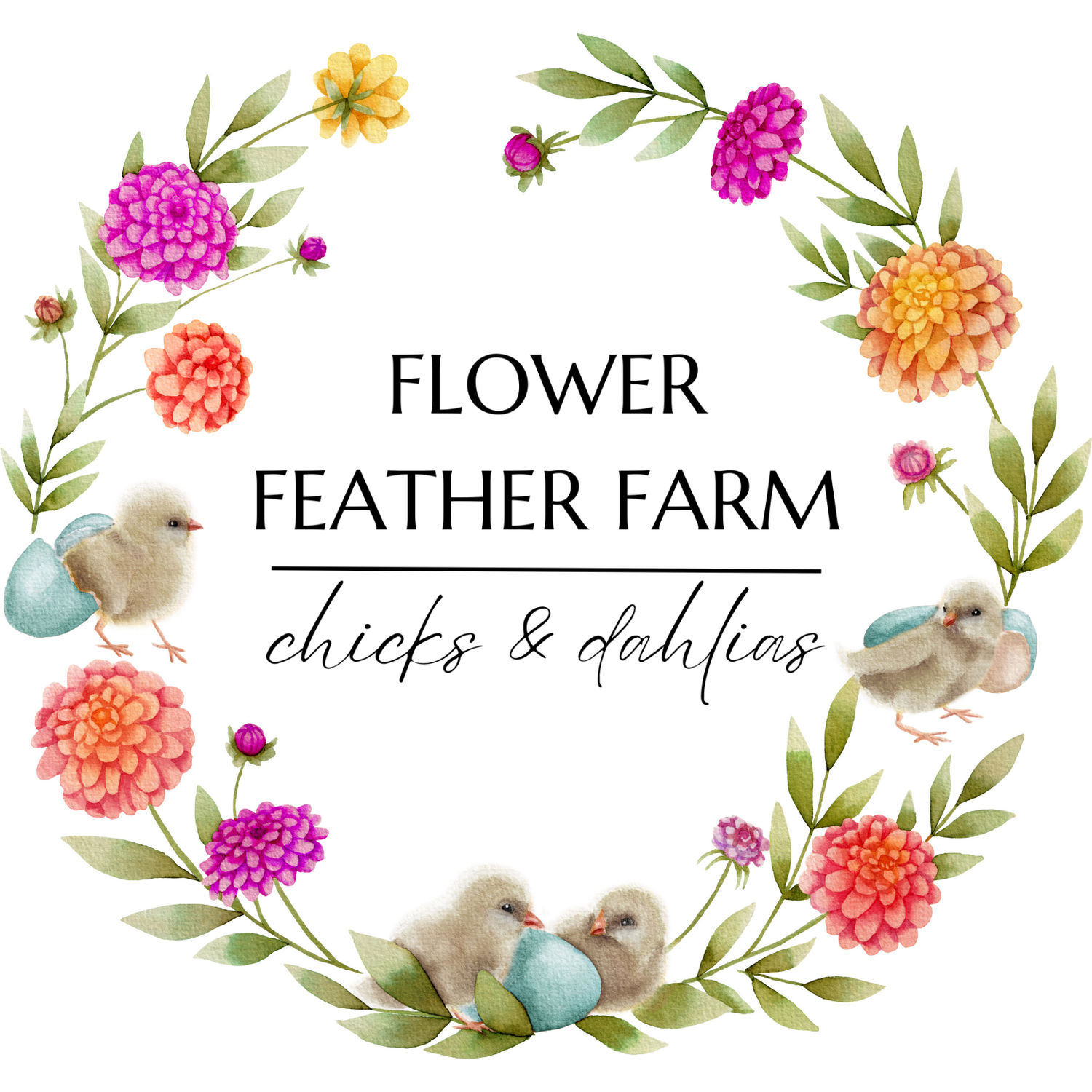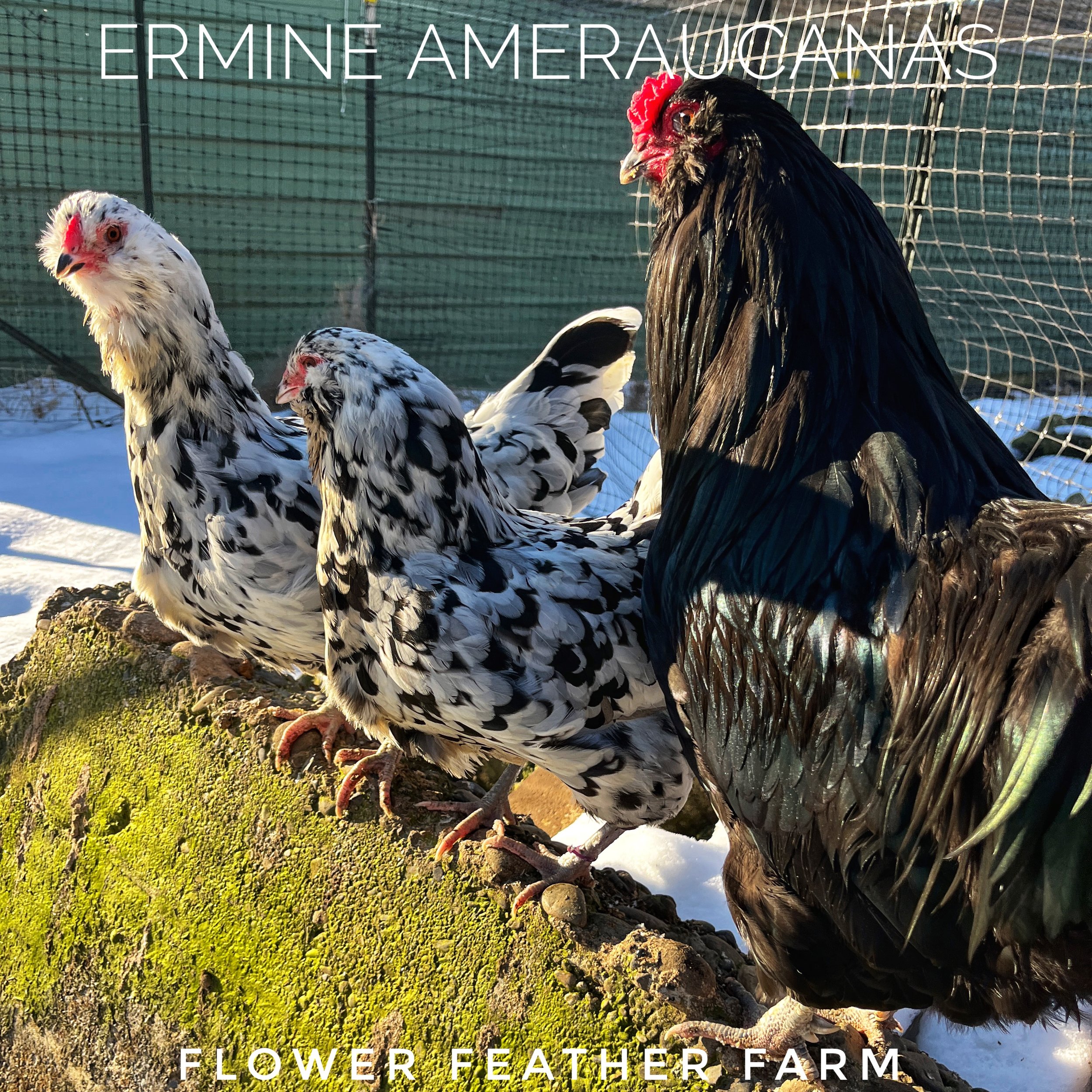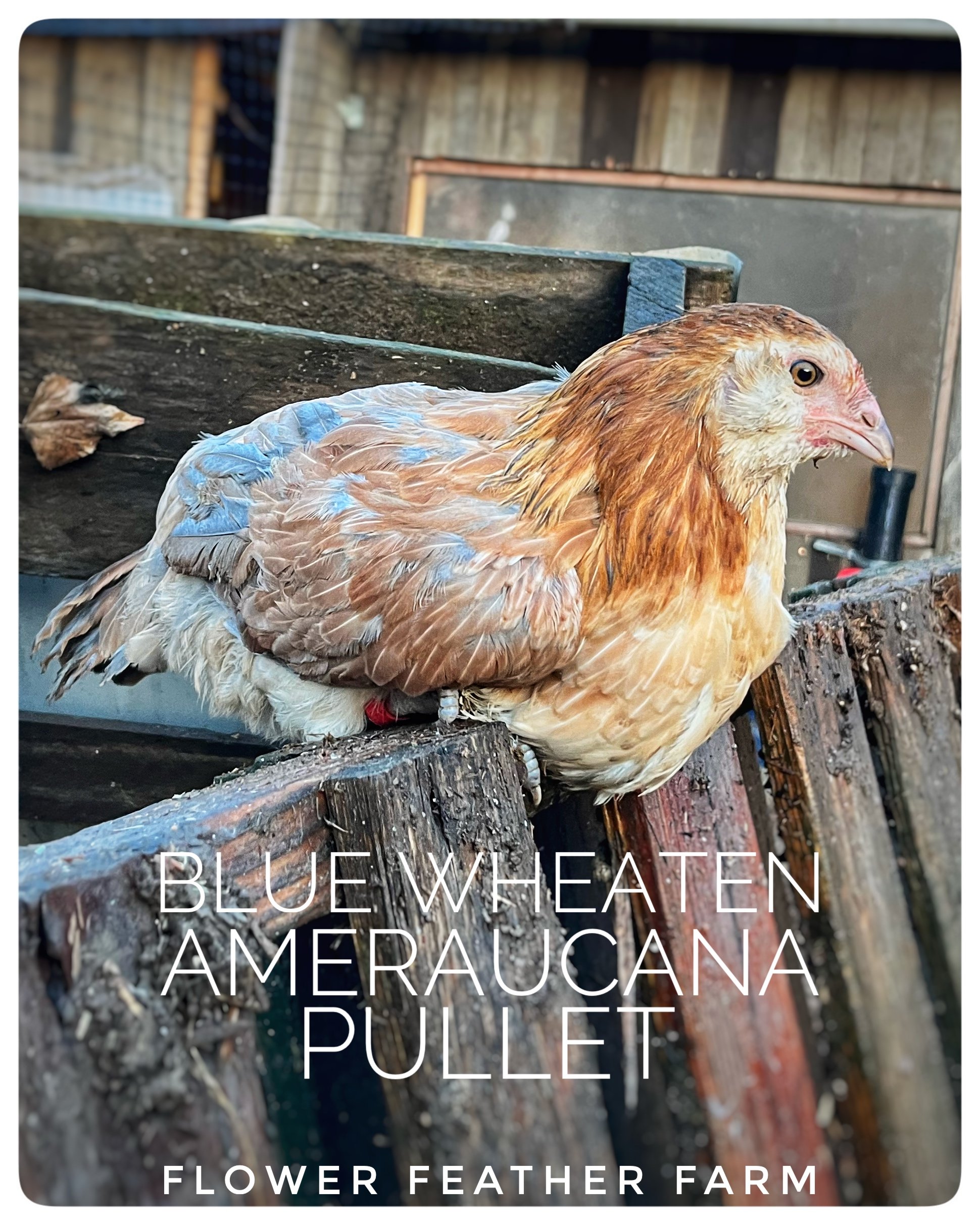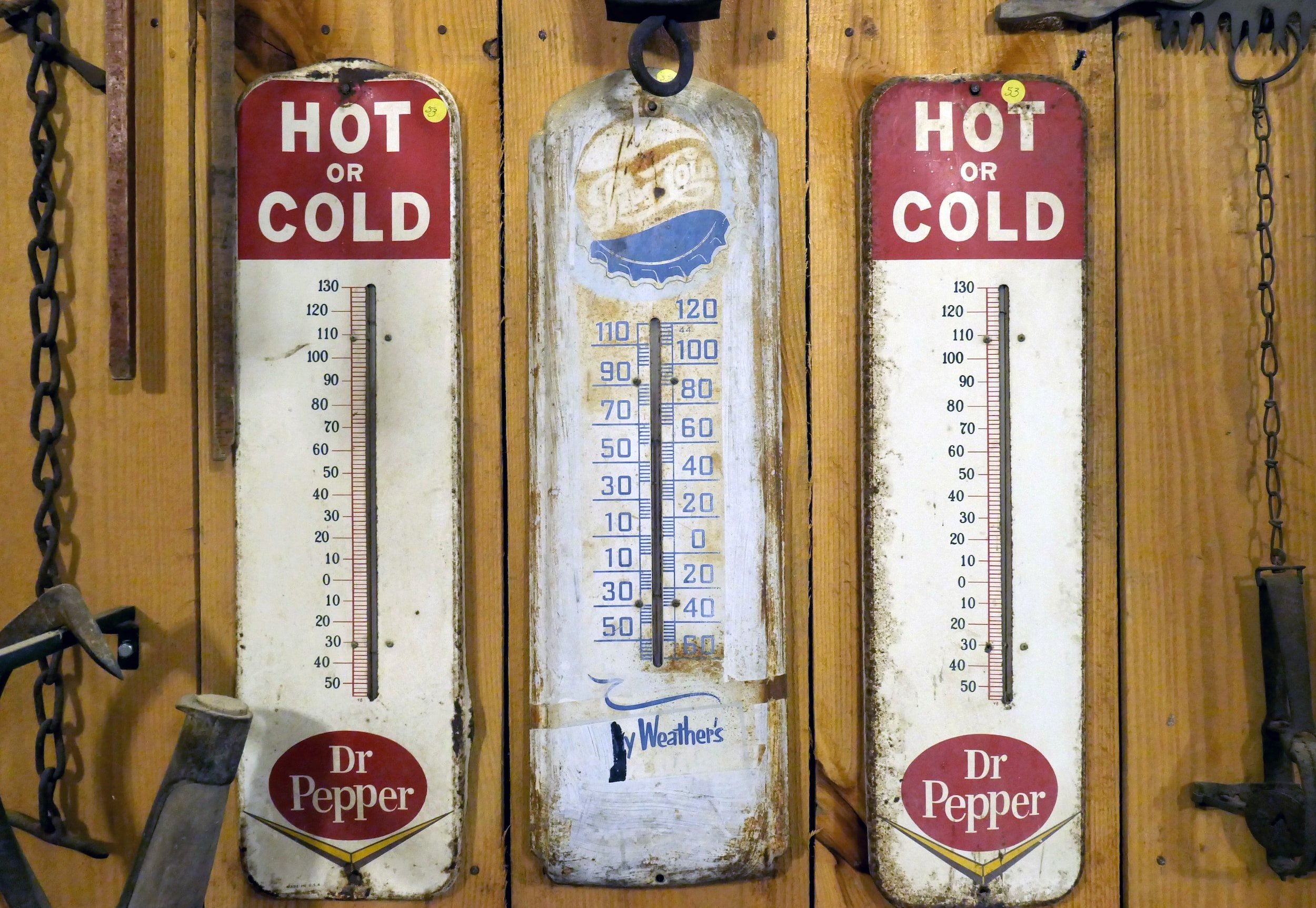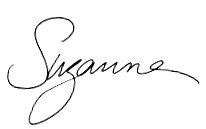Preparing Your Chickens for Cold Weather
We are expecting very cold weather next week, multiple days with the highs not even reaching 40 and the nights in the 20s. So of course we are scurrying about trying to get ready for it.
The first thing we are NOT doing is adding heat to the chickens’ coops. That is a terrible idea for so many reasons. The main reason is that if I get the chickens used to having heated bedrooms and we lose power they will not have enough feathers to survive. So instead of adding heat, we start supplementing their diet with good stuff now so that they have what they need to grow the feathers that will keep them warm, even in a power outage.
Winter Chicken Diet
What is the good stuff? Well for one, we ferment high-quality feed that we buy in our local Natural Farm Feeds Group Co-op. Click the link prior to find one near you. If you are too far away, search out a non-pelleted feed and ferment it for your gals. You will get more feed, and better feed, for less money and they will love it.
In addition, we add Fertrell’s Poultry Supplement to their daily fermented mash. Again, I buy it from the Natural Farm Feeds Group Co-op.
Add then add a quality scratch and some BOSS: Black-Oil Sunflower Seeds. I serve these in the late afternoon so that they go to bed with nice full crops.
Winter Chicken Equipment
The next thing to do is to make sure their water and their fermented mash don’t freeze. A good heated poultry waterer will save you so much work. This one has a built-in thermostat that turns the heating element on at 40°F and off at 60°F.
For the mash, we use heated pet bowls — also thermostatically controlled, but I couldn’t find exactly what the temperature range is.
Since I don’t really need the waterer to start heating at a mere 40 degrees, and I certainly want it to stop heating far below 60 degrees, I plug the whole line into a thermocube. Thermocubes are awesome: they turn on at 35 degrees and stay on until it warms up to 45 degrees — which is the perfect range for me.
I found these great three plug extension cords that I use. In the third plug (one for the waterer, one for the mash bowl), I add a small light that I position such that I can see it from the house. When the thermocube is allowing power through, the light shines and I can confirm from my kitchen window that the system is working.
The other thing I need to protect from freezing is the 5-gallon buckets in which we make the fermented mash. I use a seedling mat which I wrap around the bucket and secure with a bungie cord. This too is plugged into a thermocube — I do love my thermocubes — and the mat keeps the bucket at just the right temperature for the SCOBY to thrive.
And that’s about it, other than the obvious blocking of gaps and preventing drafts. Don’t heat the coop. Do upgrade the nutrition. Do prepare against freezing weather.
My adorable daughter and Paprika, a crested Swedish Flower Hen, January 2020.
